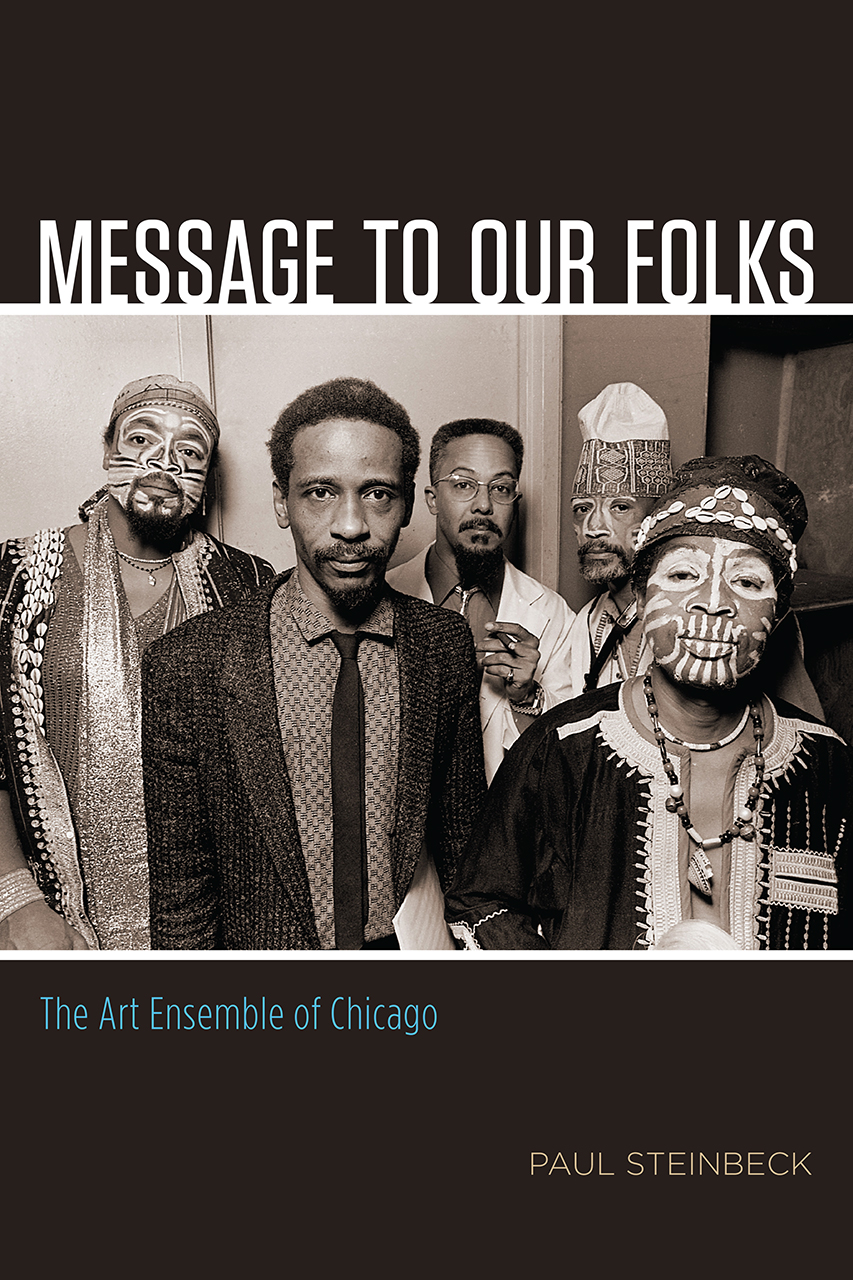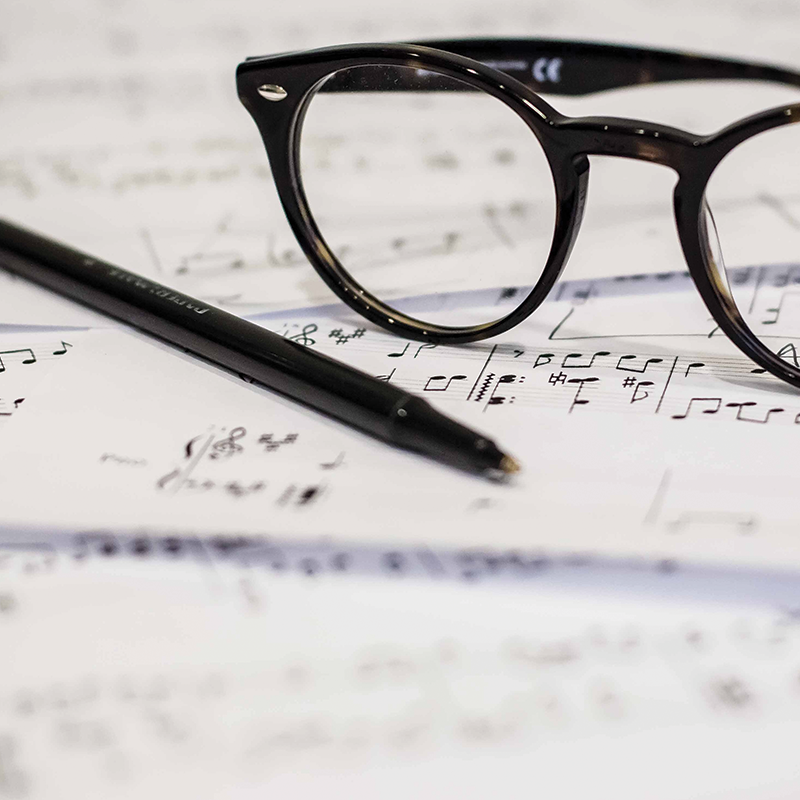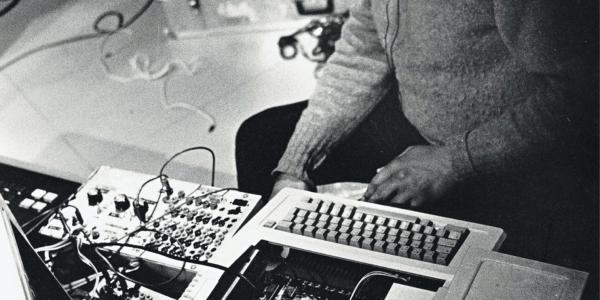https://music.wustl.edu/xml/faculty_staff/11718/rss.xml
Paul Steinbeck’s research focuses on improvisation, intermedia, and the Association for the Advancement of Creative Musicians (AACM).
Paul Steinbeck is an associate professor of music at Washington University in St. Louis. He has written extensively about the Association for the Advancement of Creative Musicians (AACM), the Art Ensemble of Chicago, Anthony Braxton, and Fred Anderson. Steinbeck’s book Sound Experiments, a study of ten influential pieces by AACM composers, is published by the University of Chicago Press (2022). His previous book Message to Our Folks, a history of the Art Ensemble, is available in English from the University of Chicago Press (2017), in Italian from Edizioni Quodlibet (2018), and in French from the Presses Universitaires du Midi (2021). With Fred Anderson, Steinbeck is co-author of Exercises for the Creative Musician (2002/2010), a method book for improvisers.
Steinbeck is also a bassist, composer, and improviser. He studied bass with Harrison Bankhead and composition with Ari Brown. His compositions and improvisations are documented on twenty-three recordings. He performs with a number of ensembles, including Low End Theory, co-led with former AACM president Mwata Bowden.
Sound Experiments: The Music of the AACM
By Paul Steinbeck
Founded on Chicago’s South Side in 1965 and still thriving today, the Association for the Advancement of Creative Musicians (AACM) is the most influential collective organization in jazz and experimental music. In Sound Experiments, Paul Steinbeck offers a sonic history of the collective, analyzing AACM artists’ best-known compositions and their farthest-reaching formal innovations. The compositions examined in Sound Experiments span the entire history of the AACM, from 1960s and 1970s works by Muhal Richard Abrams, Roscoe Mitchell, and Anthony Braxton to recent pieces by Wadada Leo Smith, Nicole Mitchell, and the Artifacts trio. Sound Experiments shows how the creators of these extraordinary works pioneered new approaches to instrumentation, notation, conducting, and technology while continually renewing the AACM’s commitment to musical experimentation.
Theme for Lester
By Paul Steinbeck

The Art Ensemble of Chicago
By Paul Steinbeck
The Art Ensemble of Chicago est regardé depuis sa création en 1966 comme l’un des groupes les plus influents du jazz et de la musique expérimentale. Dans ce livre, Paul Steinbeck suit en détail sa trajectoire jusqu’à la fin des années 2010. Il analyse ses performances et explique comment les membres de l’Art Ensemble sont capables d’improviser ensemble dans de nombreux styles différents tout en s’appuyant sur un vaste répertoire de compositions notées.
La nouveauté de la théorie de l’improvisation qui anime le groupe ressort également des dimensions intermédiales de leurs performances, qui intègrent la musique à la poésie, au théâtre, aux costumes et au mouvement. Au-delà de l’activité proprement musicale du groupe, l’auteur éclaire enfin un modèle distinctif de relations sociales, de pratiques de coopération et d’autonomie personnelle que ses membres ont adapté de l’Association for the Advancement of Creative Musicians (AACM), collectif dont The Art Ensemble of Chicago est issu.

Message to Our Folks: The Art Ensemble of Chicago
By Paul Steinbeck
2017 marks the golden anniversary of the Art Ensemble of Chicago, the flagship band of the Association for the Advancement of Creative Musicians. Formed in 1966 and flourishing until 2010, the Art Ensemble distinguished itself by its unique performance practices—members played hundreds of instruments on stage, recited poetry, performed theatrical sketches, and wore face paint, masks, lab coats, and traditional African and Asian dress. The group, which built a global audience and toured across six continents, presented their work as experimental performance art, in opposition to the jazz industry’s traditionalist aesthetics.
In Message to Our Folks, Paul Steinbeck combines musical analysis and historical inquiry to give us the definitive study of the Art Ensemble. In the book, he proposes a new theory of group improvisation that explains how the band members were able to improvise together in so many different styles while also drawing on an extensive repertoire of notated compositions. Steinbeck examines the multimedia dimensions of the Art Ensemble’s performances and the ways in which their distinctive model of social relations kept the group performing together for four decades. Message to Our Folks is a striking and valuable contribution to our understanding of one of the world’s premier musical groups.








